Your vital organs—screened
Scan your body for potential cancer and 500+ conditions in up to 13 organs.




Our scan is designed to















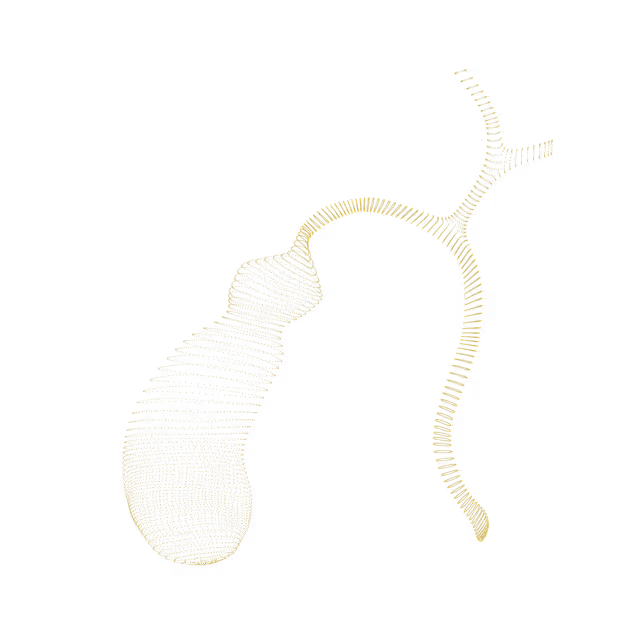
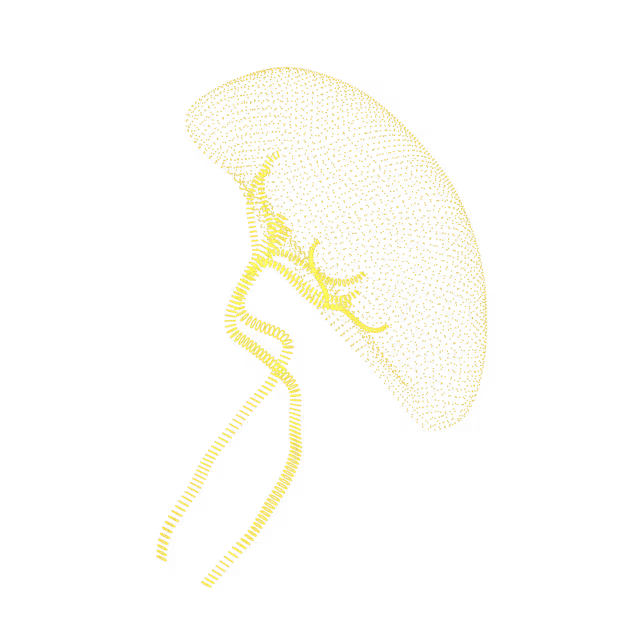

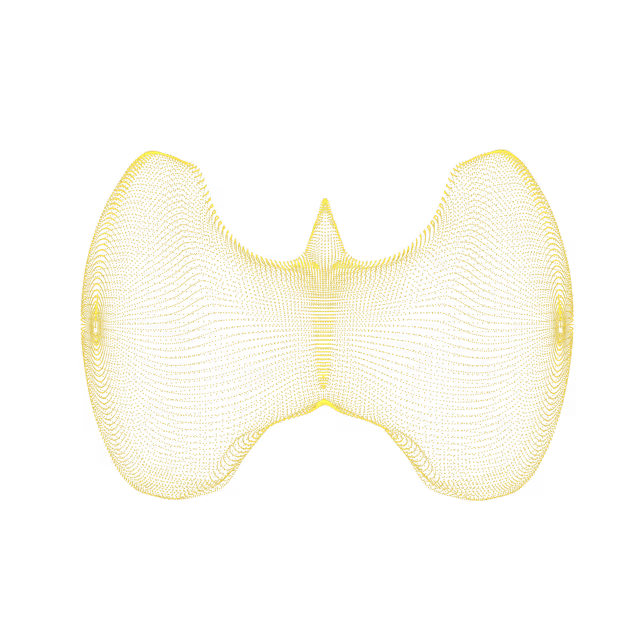

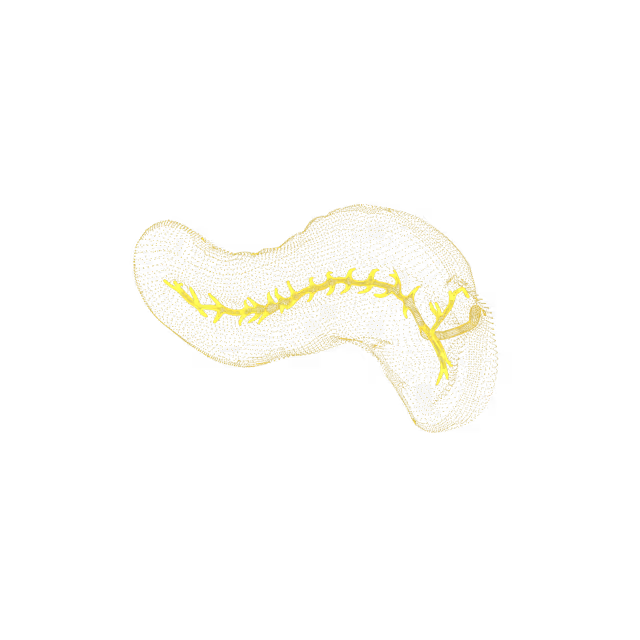
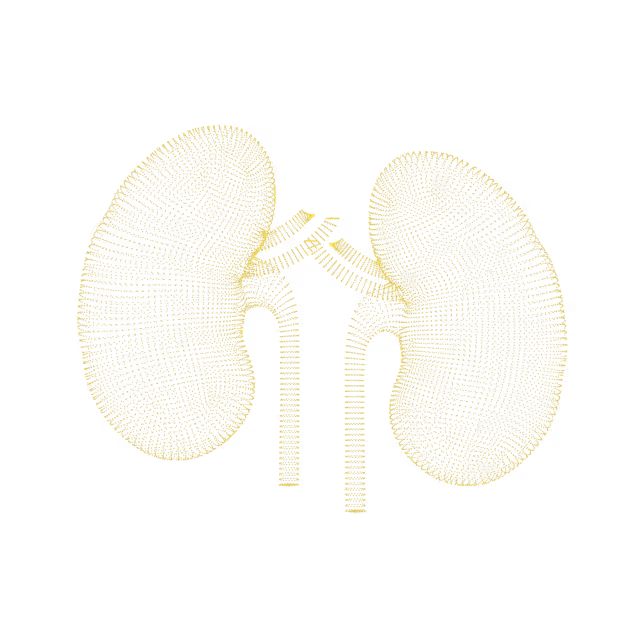
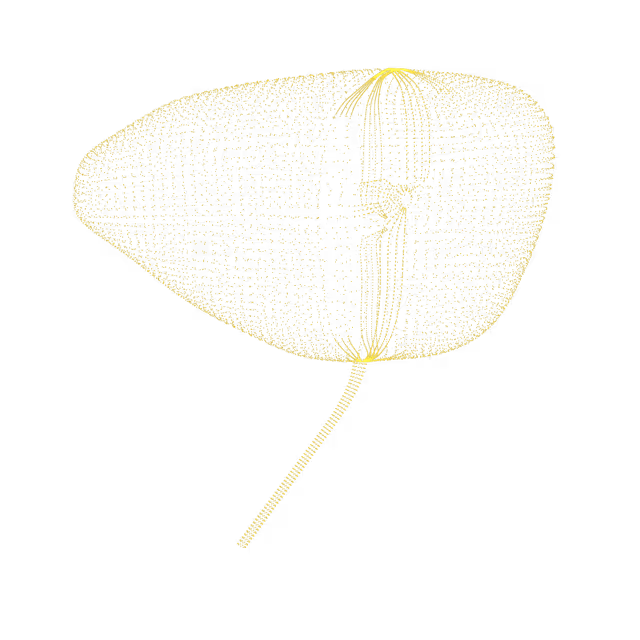
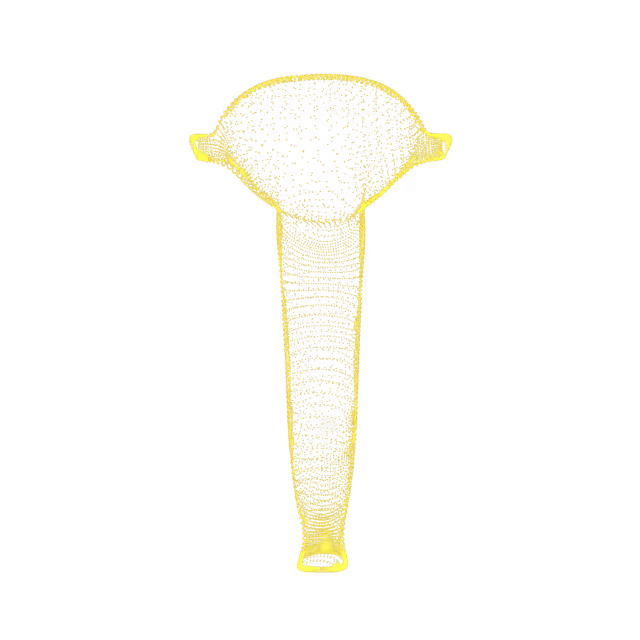
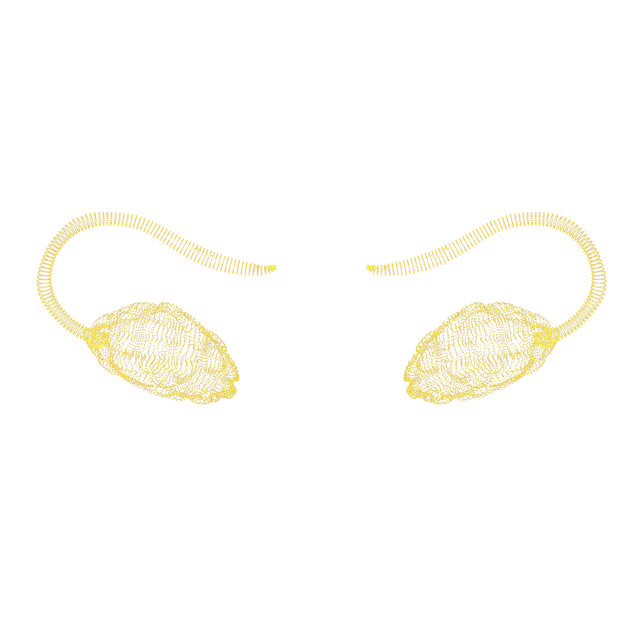
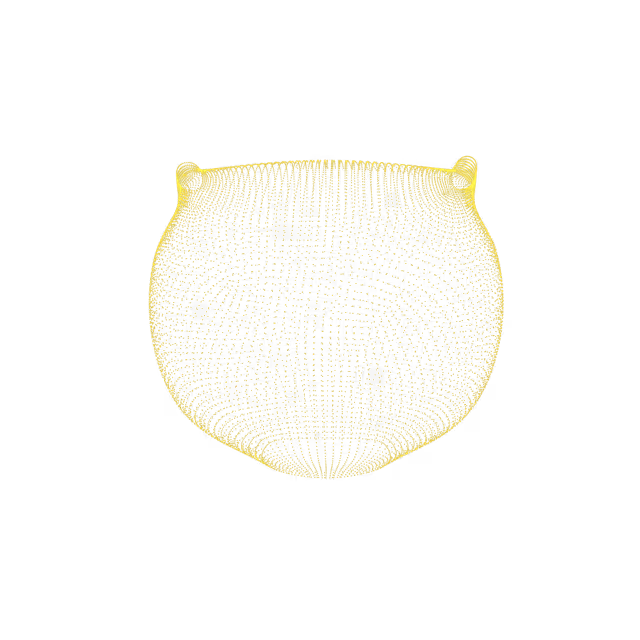

The pancreas is responsible for regulating blood sugar levels and also secreting digestive enzymes via the pancreatic duct into the small intestine. The pancreas usually has one pancreatic duct. Sometimes due to developmental variation, there can be one main pancreatic duct with another “accessory” duct (also called the Duct of Santorini). This is a benign finding and is not associated with cancer. No further follow-up or evaluation is needed.
Pancreas divisum is the most common congenital (present at birth) pancreatic anomaly, occurring in approximately 10% of individuals. The pancreas is initially in two parts, each with its own duct (the ventral and dorsal duct). During fetal development, there is fusion of the two parts of the pancreas, as well as the two ducts to form one pancreatic duct. Pancreas divisum is failure of the ventral and dorsal ducts to fuse and as a result the pancreas drains by two distinct ducts.
Accumulation of fluid in the abdominal cavity is called ascites. There are numerous causes of ascites, but the most common cause in the U.S. is cirrhosis of the liver (which accounts for approximately 80% of cases). Cirrhosis is a condition in which scar tissue replaces healthy liver tissue and prevents the liver from working normally. Other common causes of ascites are cancer-related or due to heart failure.
Pancreatic pseudocyst describes a fluid collection without the normal lining of cells that a cyst would have. Any injury to the pancreas, such as inflammation of the pancreas (pancreatitis) or physical trauma, can damage the pancreatic ducts and cause a pseudocyst to form.
A serous cystadenoma of the pancreas is a non-cancerous abnormal tissue growth composed of numerous small cysts (sac-like pockets of membranous tissue that contains fluid) that appear in a honeycomb-like formation. The exact cause of serous cystadenomas is not well understood, however, it is possible that genetic mutations may contribute to formation.
The common iliac arteries branch off from the end of the abdominal aorta (the main blood vessel that exits the heart, bringing oxygen-rich blood to the rest of the body). The common iliac arteries provide the primary blood supply to the lower limbs. An iliac aneurysm is a bulging and weakness in the wall of the iliac artery.
The duodenum is part of the small intestine. Sometimes if there is a weak spot in the wall of the intestine, a small bulge (diverticulum) can form. Diverticula usually do not cause symptoms.
There is a moderate amount of stool present in the large intestine (colon). Constipation is a common condition that makes it hard to have bowel movements due to stools being too hard, too small, infrequent or difficult to pass. Chronic constipation may be caused by poor diet, a side effect of medication use, and diseases of the digestive tract (e.g. IBS, diverticular disease). Treatment for constipation includes eating foods high in fiber, increasing water intake, regular exercise, creating a regular schedule for bowel movements and, if needed, using laxatives or enemas.
The cecum is the connection between the small and large intestines. The cecum is normally connected to the abdomen; sometimes during embryonic development, no connection forms and the cecum can move from its normal position in the right lower part of the abdomen. This condition is called mobile cecum and is usually asymptomatic (does not cause symptoms). Rarely, it can cause constipation, abdominal pain and weight loss.
There is a mass (growth) in the pelvis based on your MRI images. This could be harmless or something more meaningful (e.g. a cancerous growth). To determine exactly what this mass is, further imaging is needed.


© 2025 Ezra